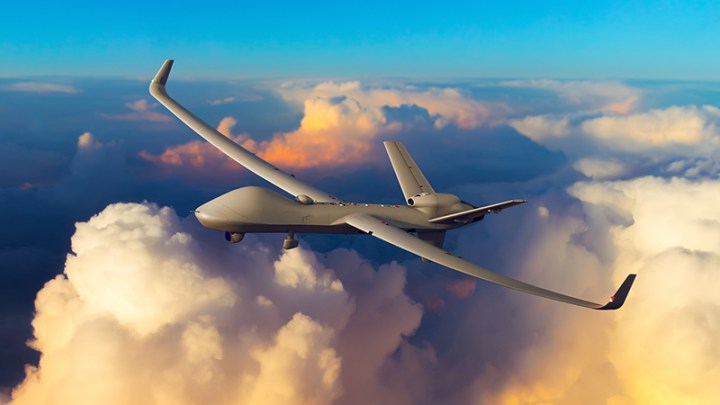
After successfully deploying the MQ-1 Predator and its updated MQ-9 Reaper (Predator B), the company is working on the Certifiable Predator B, a version that is designed from the ground up to be compatible with European flight regulations. A variant, dubbed the Predator B Big Wing, recently completed a challenging 37-hour long-endurance test flight that brings the experimental drone even closer to European certification.
As it name implies, the Predator B Big Wing has a wingspan that is 13 feet longer than the existing Predator B. This increased wingspan increases the fuel capacity of the drone, allowing it to fly for 42 hours, up from the 27 hours for the Predator B. In a recent test flight, the Big Wing was able to launch independently, climb to altitude, conduct maneuvers, and then land after a 37.5-hour flight. Besides larger wings, the Big Wing also can take off and land on short runways, and boasts de-icing capabilities and support for RF antennas.
This endurance milestone is only the beginning for the Big Wing. The team at GA-ASI plans to increase the drone’s endurance in future test flights. Other planned upgrades include more robust flight control software, improved fatigue and damage tolerance, and better weather durability. These improvements are expected to lead to a European flight certification by 2018. The United Kingdom is going all in with the Certifiable Predator B drone, placing an order for the drone as part of its Protector medium-altitude, long-endurance unmanned aerial vehicle program. The Royal Air Force will operate more than 20 Predator B drone systems by 2025. They will replace the 10 MQ-9 Reapers currently in service.



